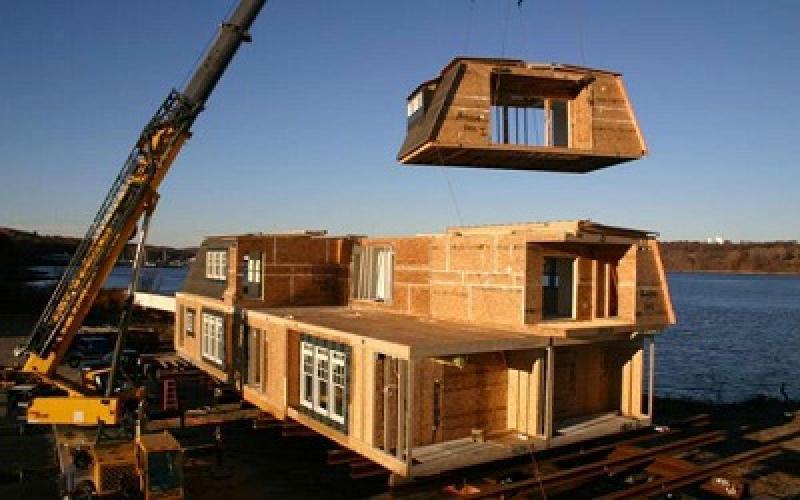Modular construction is increasingly becoming popular in the building and construction industry. This method involves constructing sections of a building or modular units offsite in a controlled environment and then transporting them to the building site for assembly.With the advantages of modular construction becoming widely known, it is considered as the future of the building industry.
What is Modular Construction?
A modular construction project consists of prefabricated components that are manufactured in a controlled plant environment. These pre-constructed modules are then transported and assembled onsite. The modules can be room units, bathroom units or complete building sections. Modular construction allows builders to accurately cut and assemble building materials and components efficiently in a factory.
Benefits of Modular Construction
There are numerous benefits of modular construction over traditional onsite construction methods:
Faster Construction
Since a major portion of construction is done offsite in a plant, it significantly reduces the onsite construction time. Modules can be prefitted with mechanical, electrical and plumbing components. This allows for faster onsite assembly. Modular buildings can be completed within weeks as opposed to months taken in traditional construction.
Higher Quality
The controlled plant environment allows for strict quality checks and optimised manufacturing processes. Modules are built to precise specifications and tolerances. This ensures higher quality and consistency in materials and workmanship compared to onsite building. Issues like weather disruptions are eliminated.
Cost Effectiveness
Modular construction saves 30-50% time on construction. This significantly cuts down on costs associated with site supervision, equipment rental and labor charges. It also reduces rework costs due to errors. Cost savings are further realised through repetitive manufacturing processes in a plant.
Safety
The controlled plant conditions increase safety by moving hazardous operations like cutting and welding offsite. Onsite assembly involves minimal manual labor allowing for safer working conditions. Transporting completed modules shortens the onsite work schedule reducing safety risks.
Sustainability
Being an industrialized process, modular construction minimizes construction waste. Cutting and assembly procedures produce very less debris. High quality materials and air-tight modules improve energy efficiency of the completed building. This makes modular buildings highly sustainable.
Adaptability
Modular designs are highly flexible and scalable allowing easy expandability or revamping of layouts. Additional sections can be joined or detached in future based on changing space needs. Modules can also be reused or relocated to other sites.
Types of Modular Construction
Based on the scale and complexity, Modular Construction projects are classified as:
Relocatable Buildings
These are single storey standalone modular buildings on permanent or temporary foundations with wheels. Examples are portable classrooms, site offices and clinics.
Modular Homes
Multiple housing units are constructed as complete modules with all finishes and shipped to the property to be stacked. Modular homes can be single or multi-storey residential buildings.
Multi-Storey Modular Buildings
Complex multi-storey structures are built with multiple modules stacked and joined together onsite. Modular systems allow fast track construction of apartment or commercial tower blocks.
Hybrid Modular Structures
Elements like Modular Bathrooms, Kitchens or Room Units are prefitted and integrated into an onsite post and beam building structure. This provides benefits of both modular and traditional methods.
Future of Modular Construction
With its clear advantages over traditional construction, modular construction is increasingly being embraced globally. Major industrial, commercial and residential projects are adopting hybrid or fully modular solutions. As manufacturing technologies evolve, modularisation will become highly sophisticated. In future, entire communities and smart buildings are expected to be built using modular techniques. Prefabrication will dominate 50-60% of the overall building construction worldwide by 2030. No doubt Modular Construction is indeed the future of the building industry.
Get more insights on- Modular Construction
Check more trending articles related to this topic: Hereditary Angioedema



